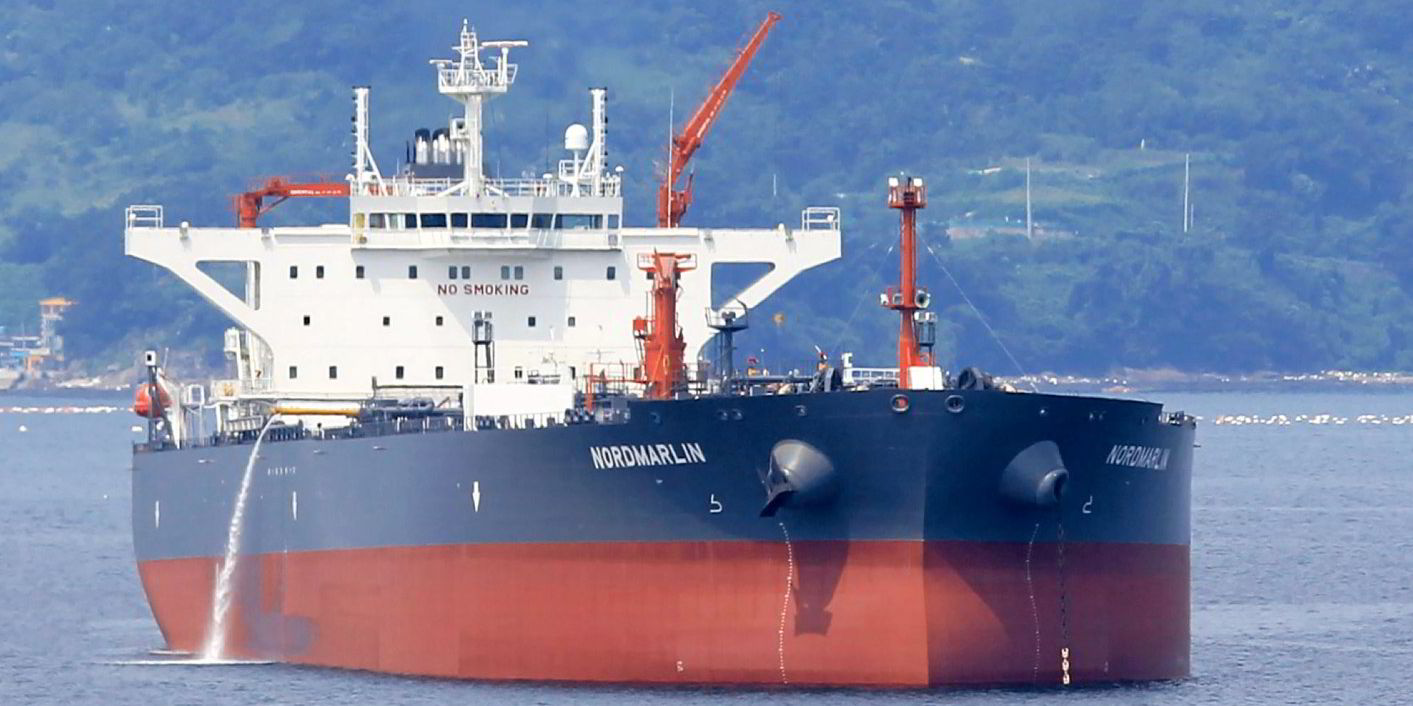Gibson Shipbrokers believes something has to give in the product tanker market as soaring rates are pricing some cargoes out of the market.
Rates on LR2 routes topped $100,000 per day last week as the Red Sea disruption added to tonne-miles, brokers reported.
The London shop said the biggest challenge now facing traders is that rates have risen so much that in some cases it no longer makes sense to move products.
“To overcome this barrier, something will have to give either in terms of commodity prices or freight costs,” Gibson said.
“Ultimately, the Red Sea crisis will continue to add volatility to the market. Whilst the current strength of clean tanker rates is unlikely to be sustainable, being driven in part by the uneven supply of tonnage across the globe, the rate floor has been set higher, all the while the Red Sea remains off limits for many tanker owners.”
Just as Europe has adapted to cope with the first full winter without Russian diesel, Houthi strikes on vessels have changed trading patterns again.
Gibson argues that the world appears sufficiently supplied with refined products.
But with freight costs, delivery times and product prices all being dramatically affected by the Red Sea crisis, the clean trade is set for another shift, albeit temporary, it said.
The Red Sea chaos has coincided with the start of the global refinery maintenance season.
US outages are projected to peak in February and European overhauls around March.
“Given lower domestic output from the US and Europe, it makes supplies from East of Suez even more vital to Europe’s energy security in the near term,” the broker said.
Delivery gap narrows between Asia and Middle East
Gibson believes logic dictates that disruptions to Red Sea routes should increase the attractiveness of barrels from the US Gulf, particularly given healthy distillate stocks in the region.
But refinery maintenance will tighten balances, limiting the US ability to redirect supplies, particularly if recent attacks on Russian refineries hurt product flows into South America.
And long-haul barrels from Asia are now “less disadvantaged” compared with Middle Eastern supplies than they were before the crisis.
Accounting for the Cape of Good Hope routing, the delivery time from Singapore compared with the Middle East Gulf is just 1.5 days longer.
Gibsons concluded: “Although cargoes are more likely to come from North Asia than the Singapore market, it increases the chance of higher flows from China and Korea to Europe.
“Yet for these flows to materialise, Europe has to price itself above both local Asian and West Coast Latin American demand, which has drawn increased volumes from North Asia in recent months due to Panama bottlenecks.”







